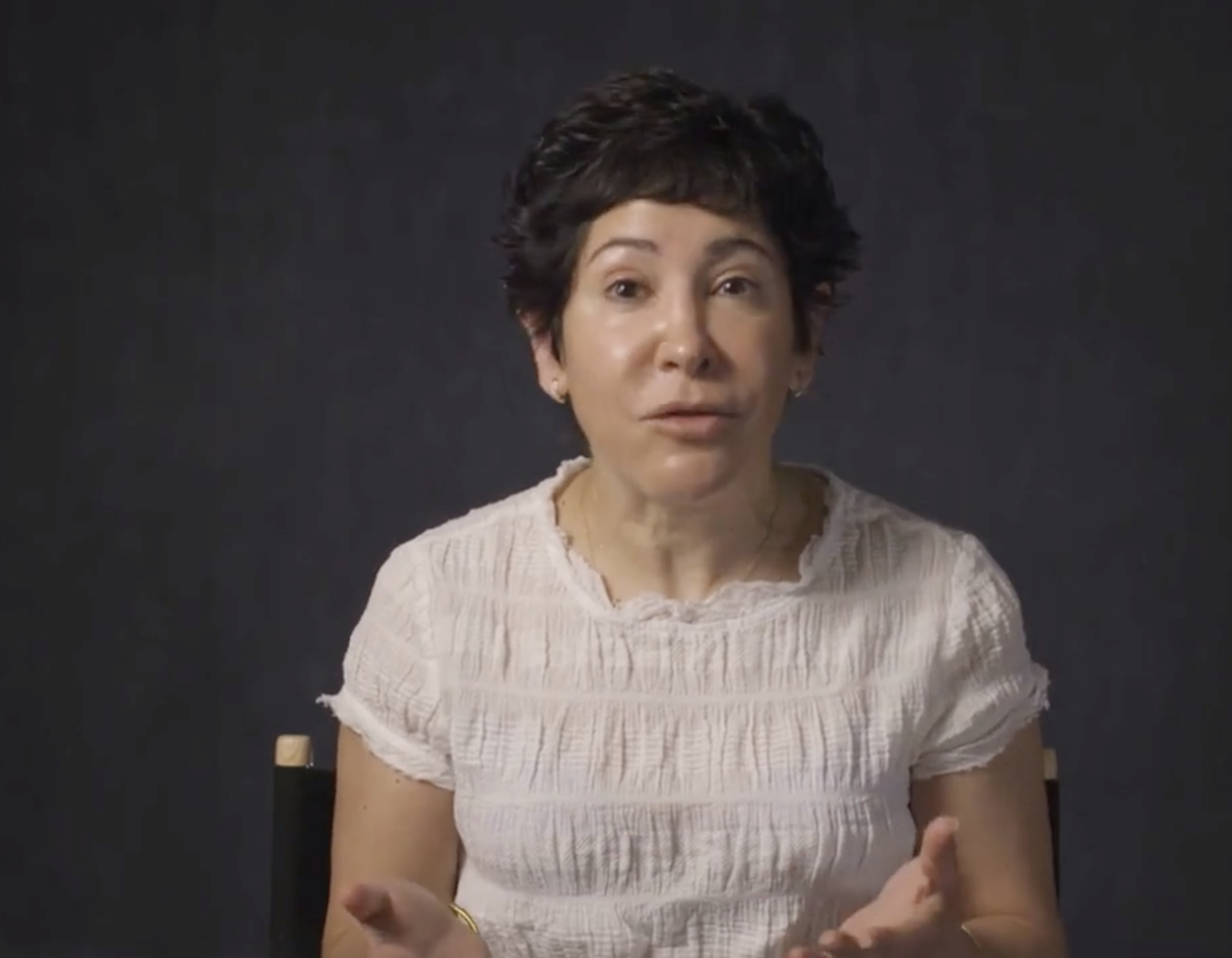Be SMART
Saving More After Retirement Taxes
Unfortunately, many retirees are shocked to find out just how much of their income is subject to taxes. According to the Nationwide Retirement Institute, one in four recent retirees have paid thousands of dollars more in taxes in retirement than they had anticipated. Nearly half (46%*) of recent retirees wish that they had planned better for handling taxes in retirement. Without a comprehensive tax plan, you risk facing tax surprises that can debilitate your wealth in retirement.


Be SMART
Thoughtful tax planning around your investments can help you keep more of your retirement savings!
Without a comprehensive tax strategy in place, many retirees may pay 3x more in taxes* than they need to. For decades, your focus has likely been on building your nest egg and saving wealth so that you can live comfortably in retirement. However, if this is all your retirement plan entails, it is flawed. Because it is not just about how much you have saved for retirement, it is also about how much of that wealth you get to keep after taxes. An optimal retirement plan utilizes tax savings strategies and helps to ensure that you are not paying more than you need to in taxes.
We can help you be SMART (Saving More After Retirement Taxes)
At Taylor Financial Group, we pride ourselves on working with our clients to create personalized and tax-efficient retirement plans (such as a 401k and Roth IRA), starting as early as their 40’s.
Our principal and founder, Debra Taylor, is a Certified Public Accountant (CPA) by training, and has prioritized retirement and tax planning at her firm for the past 20 years. Additionally, Debra has presented to industry peers as a keynote speaker on the Tax Cuts and Jobs Act and has written over 75 articles on taxes and retirement planning. Utilizing our decades of experience working in the field of taxes and tax planning, we are confident that we can optimize (and hopefully reduce) your taxes in retirement and help you keep more money in your pocket.
Our Top SMART Strategies:
The good news is that, after a 10 year bull market, many people are entering retirement with substantial wealth in investment and retirement accounts. The bad news is that many of these retirees fall into the tax trap of not fully understanding the complex rules on how to take distributions from their accounts. In short, the distribution phase is a lot more complicated than the accumulation phase. As a result, investors are paying much more in taxes than they need to as they grow older. This is disappointing because many of these taxes could have been avoided (or reduced) with proper planning!
Additionally, many retirees are unaware of certain ways they can avoid taxes, simply because they aren’t keeping up with tax legislation. For example, the New Jersey state legislature passed an income tax provision that is extremely favorable to middle income retirees. If you are a New Jersey retiree with a taxable income of $100,000 or less, you are able to exclude much more of your retirement income from state income tax. This includes Social Security payments, pensions and retirement account distributions.[1] This tax program enables many retirees to pay no income tax at all!
Be wary though. If your taxable income falls even a cent above $100,000- you will NOT be able to exempt ANY of your retirement income.
We want to ensure that retirees are not missing out on this opportunity as this can impact everything from Social Security claiming strategies, to Roth conversion strategies, to pension claiming decisions.1 Therefore, we highly recommend you start your planning now.
At Taylor Financial Group, we have many strategies that help our clients avoid tax traps and maximize after retirement income! To provide some insight, below are some top tax strategies that we might suggest depending on your specific situation and your retirement stage.
Plan Early to Reduce RMD’s
Required Minimum Distributions (RMDs) are essentially minimum amounts that a retirement plan account owner must withdraw annually starting when he or she reaches 70 ½. There are many pitfalls when it comes to taking RMDs. RMDs are designed to deplete the account and not only is there a 50% tax penalty on any shortfall when an RMD is not taken, but there is also the potential that you could be taxed twice if you fail to account for non-deductible IRA contributions. However, there is an upside. There are many tax savings strategies to employ leading up to age 70 ½. And even once you are 70 ½, strategies still remain. For example, It is possible to reduce your RMD by making a qualified charitable distribution (QCD), which lowers income and decreases taxes on Social Security benefits and Medicare coverage. You should also consider Roth IRA conversion at all stages of retirement.
At Taylor Financial Group, we look at all of your accounts to determine the optimal distribution plan. We may withdraw from taxable accounts to maximize tax deferral in retirement plans, or we may start accessing pre-tax plans before 70 ½, to drive down future RMDs. We may also look to keep money in Roth accounts as long as possible, for eventual tax-free payouts and legacy building.
Tax Bracket Planning – Moving Left or Right
To optimize your savings, it’s important to build a tax-efficient portfolio with tax diversification (including tax-deferred, tax-free, and taxable accounts). We create ongoing tax-efficient withdrawal strategies and tax efficient planning strategies for the portfolio during your pre-retirement and retirement. Indeed, now more than ever, we consider tax diversification as a primary goal during the years leading up to retirement and in retirement. Diverse savings are also essential if you plan to retire early, as money can be withdrawn from non-retirement accounts without penalty, or at preferred tax rates. Our goal is to save taxes for our clients by being selective about which distributions to take and when. At other times, we are looking to “fill the tax bracket,” particularly in low income years, when you are in a low tax bracket and this may mean taking distributions while in that low tax bracket. At other times, we may try to drive down income to save on taxes today. Every situation is different and calls for a different mix of strategies.
If you have done virtually all of your investing in tax-deferred plans, spend-down strategies may be relatively simple (as you have limited choices), but they will cost you. However, if you (like most people) have multiple sources for cash in retirement (including investments in taxable accounts), things are likely to get a little more complicated. A deeper look at the tax implications of your various assets and how they interact may reveal some hidden opportunities to add additional value to your financial plan and additional wealth to you.
If you have any questions or concerns about the tax-efficiency of your retirement plan, the Taylor Financial Group team would be happy to help! Please feel free to contact us at [email protected] to ask a question or schedule an appointment.

Sources:
“6 ways to cut retirement tax surprises” CNBC.com. Kelli Grant, CFP®️. November 1, 2018. https://www.cnbc.com/2018/11/01/6-ways-to-cut-retirement-tax-surprises.html
“Retirement: Common Fears Plaguing Adults” Forbes.com. Joel Johnson. accessed December 6, 2022. https://www.forbes.com/sites/joeljohnson/2019/05/10/retirement-common-fears-plaguing-adults/?sh=23e2d4e04f4c
“Keep More of Your Retirement Savings with Tax-Bracket Planning” Kiplingers.com. Pete Lang. August 26, 2019. https://www.kiplinger.com/article/taxes/t055-c032-s014-keep-retirement-savings-with-tax-bracket-planning.html
[1] https://www.financialpathways.net/blog/new-jersey-tax-regime-now-more-favorable-to-retirees

